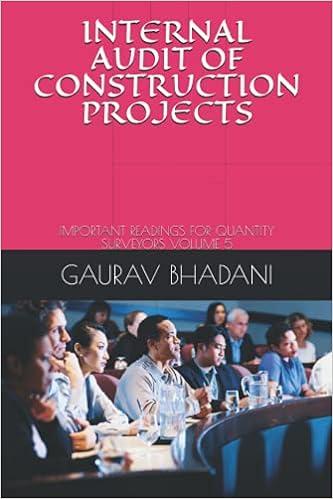Hydropower Project The government of a developing country in South-East Asia is considering the construction of a 300MW hydro-electric power generating scheme. This will entail the construction of a dam and the flooding of an area of 2000 bectares of tropical rain forest. The power generated is intended to feed into the grid at times of peak power usage (i.e. the plant will not be generating 24 hours a day and 365 days a year). You are required to undertake a benefit-cost analysis of the project which considers the impacts detailed below. The analysis is to be done over a period of 60 years asing a discount rate of 6%. All values are in 2023 USS. Question 1 ( 30 marks) The dam is mainly constructed of concrete and steel. Over the first 7 years of eonstruction 1.75 million tomnes of concrete will be used ( 0.25 million tonnes per year). This amount represents a significant propontion of this country's concrete manufacturing capacity and so will have an effect on the market price. Prior to the project the average sale price of concrete is $120 per tonne at an equilabrium quantity of 1 million tonnes. If the project goes abead it is expected to shitt the demand curve for concrete and increase the market equilibrium price to $130 (at an equilibriam quantity of 1.2 million tonnes). At this higher price some existing consumers of concrete will be displaced. Calculate the annual costs of concrete using both a diagram and the Harberger equation. Assume that all supply and demand curves are straight lines and any shifts are parallel. Question 2 ( 30 marks) Conduct a benefit-cost analysis of the project using your answer to I above as a measure of the costs of the concrete that the projoct requines and which also includes the following costs and benefits (all in millions of USS). The dam will take 8 years to construct, all benefits will begin from Year 9 . Construction costs Operating costs These are $13.5 million per year, they start in Year 9 and are assumed to remain constant through the life of the project Bencfits The major benefit of the project is the electricity it generates. This will be $40 million in Year 9 and is assumed to remain constant through the life of the project. Make a reconmendation about whether the project is worth parsuing, and explain the reasoning for your recommendation Hydropower Project The government of a developing country in South-East Asia is considering the construction of a 300MW hydro-electric power generating scheme. This will entail the construction of a dam and the flooding of an area of 2000 bectares of tropical rain forest. The power generated is intended to feed into the grid at times of peak power usage (i.e. the plant will not be generating 24 hours a day and 365 days a year). You are required to undertake a benefit-cost analysis of the project which considers the impacts detailed below. The analysis is to be done over a period of 60 years asing a discount rate of 6%. All values are in 2023 USS. Question 1 ( 30 marks) The dam is mainly constructed of concrete and steel. Over the first 7 years of eonstruction 1.75 million tomnes of concrete will be used ( 0.25 million tonnes per year). This amount represents a significant propontion of this country's concrete manufacturing capacity and so will have an effect on the market price. Prior to the project the average sale price of concrete is $120 per tonne at an equilabrium quantity of 1 million tonnes. If the project goes abead it is expected to shitt the demand curve for concrete and increase the market equilibrium price to $130 (at an equilibriam quantity of 1.2 million tonnes). At this higher price some existing consumers of concrete will be displaced. Calculate the annual costs of concrete using both a diagram and the Harberger equation. Assume that all supply and demand curves are straight lines and any shifts are parallel. Question 2 ( 30 marks) Conduct a benefit-cost analysis of the project using your answer to I above as a measure of the costs of the concrete that the projoct requines and which also includes the following costs and benefits (all in millions of USS). The dam will take 8 years to construct, all benefits will begin from Year 9 . Construction costs Operating costs These are $13.5 million per year, they start in Year 9 and are assumed to remain constant through the life of the project Bencfits The major benefit of the project is the electricity it generates. This will be $40 million in Year 9 and is assumed to remain constant through the life of the project. Make a reconmendation about whether the project is worth parsuing, and explain the reasoning for your recommendation







